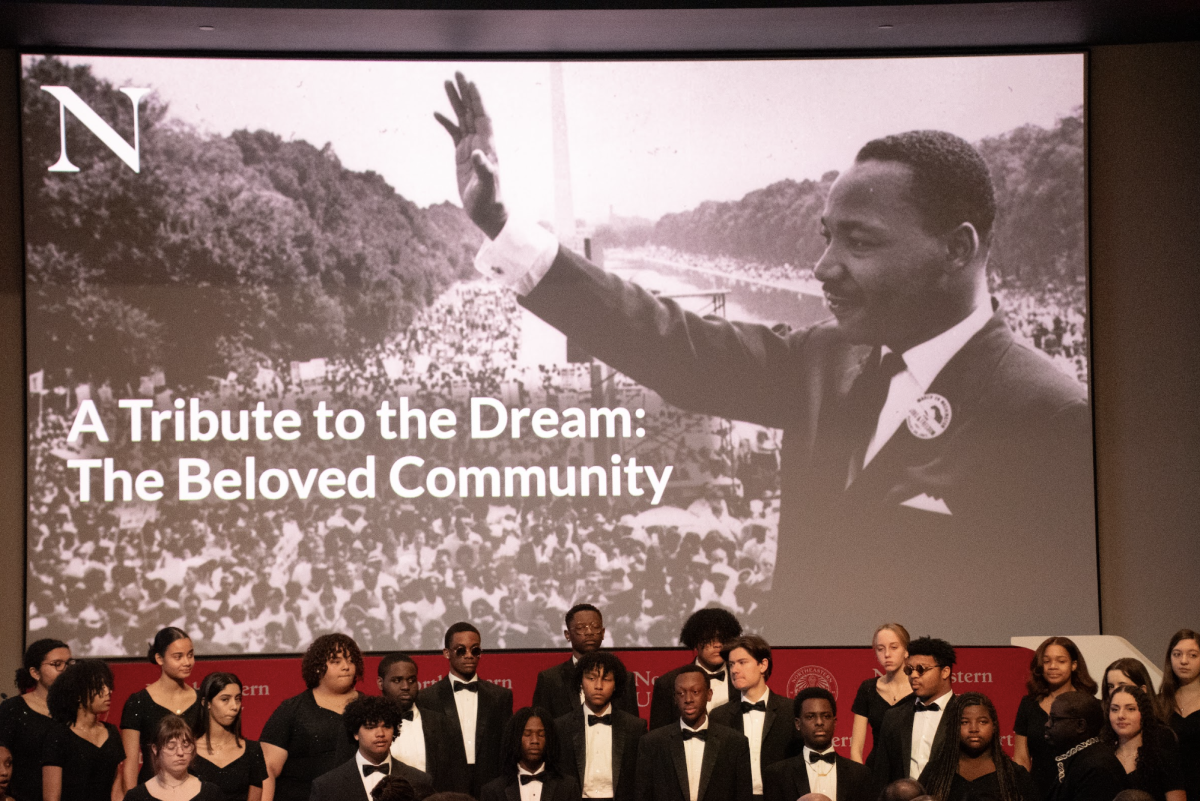Northeastern has long been marked with red and black, but this year, the school is being recognized for a green identity.
The Princeton Review gave Northeastern a perfect score of 99 in its Green Ratings for the 2010 editions of college guides and profiles, The News reported today. This makes Northeastern one of 15 schools in the country given Honor Roll status, and one of only two in Massachusetts (the other is Harvard). Northeastern had to prove excellence in the sustainability of campus life, how well the students are prepared to remain environmentally conscious after graduation and the school’s overall commitment to environmental issues.
Given the recent uproar over dining hall trays, this rating is almost shocking. But while the student body squabbles over the right to choose trays, the administration has made Northeastern a model of environmental awareness. It has sought and implemented energy efficient technologies, gone above and beyond building energy codes, educated students on environmental issues and continually sought ways to eliminate carbon emissions.
There’s a lot of hype around going green ‘- companies are clamoring for excuses to stick the green label on their products and everyone is throwing around opinions on the best ways to save the planet ‘- but sometimes on the surface, it seems like there is a lot of talk and not very much action. The fact that Northeastern has made a relentless effort to be greener and actually succeeded is refreshing.
On June 30, The News argued against a proposed student tax based on the fact that Northeastern and other universities do give much back to Boston. This green rating is another example of the school’s contribution to the community and a very good reason to applaud the administration.
Any university, especially one with resources like Northeastern’s, has an obligation to do what it can to better its community. The administration recognized a need to become more energy efficient and tapped into vast financial and technological resources to take big steps toward a highly ambitious goal.
While what seems like a grand achievement may only make a small difference in the big picture, there is a lot of potential for continued progress. And although the national recognition may seem like just a ranking, it will hopefully set an example for other schools, or at the very least spark some competition.
With national recognition also comes benefits for Northeastern as a university. The Princeton Review’s rankings are highly respected, and high schoolers on a college hunt often turn to its college profiles for’ information. True, environmental awareness is probably low on the list of things prospective students are looking for, but it gets Northeastern’s name out there nonetheless. It boosts our ever-growing reputation as a top university.
Of course, the burden does not rest solely on the shoulders of the administration. The News has previously called on studentsto match the university’s efforts because they can have an enormous impact on Northeastern’s energy efficiency, and they already have. We’ve seen the benefits of Do it in the Dark and despite seemingly widespread laziness, we’ve taken steps toward water conservation in the dining halls. Individual students are unplugging and recycling every day, but it’s time for the student body as a whole to make a more concentrated effort. If 15,000 undergraduates remembered to consistently recycle and use less electricity, the school would be a lot better off.
It’s also important to keep in mind though, that these are small, fairly unoriginal ideas. Students, staff and administrators need to seek out more ideas like a tray-less dining hall ‘- large-scale changes that can significantly improve the way the school impacts the environment.
Northeastern has earned a pat on the back, but must be careful not to grow complacent. It’s not easy being green.








